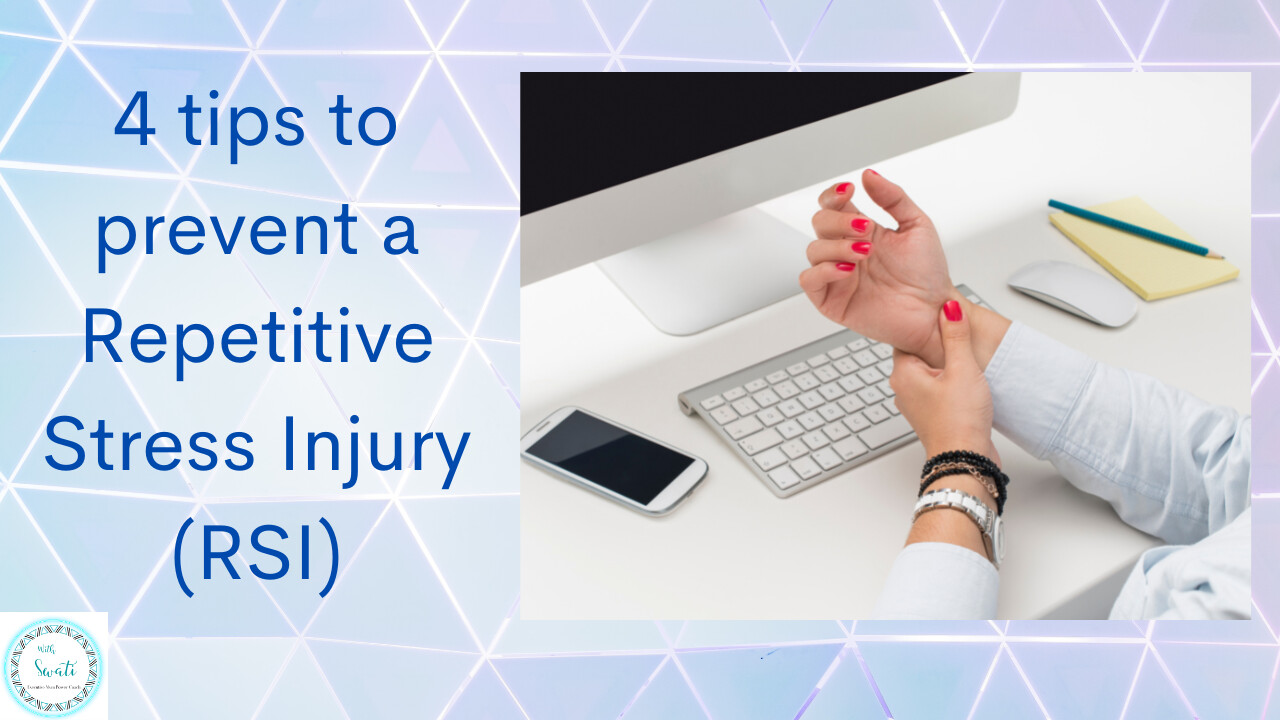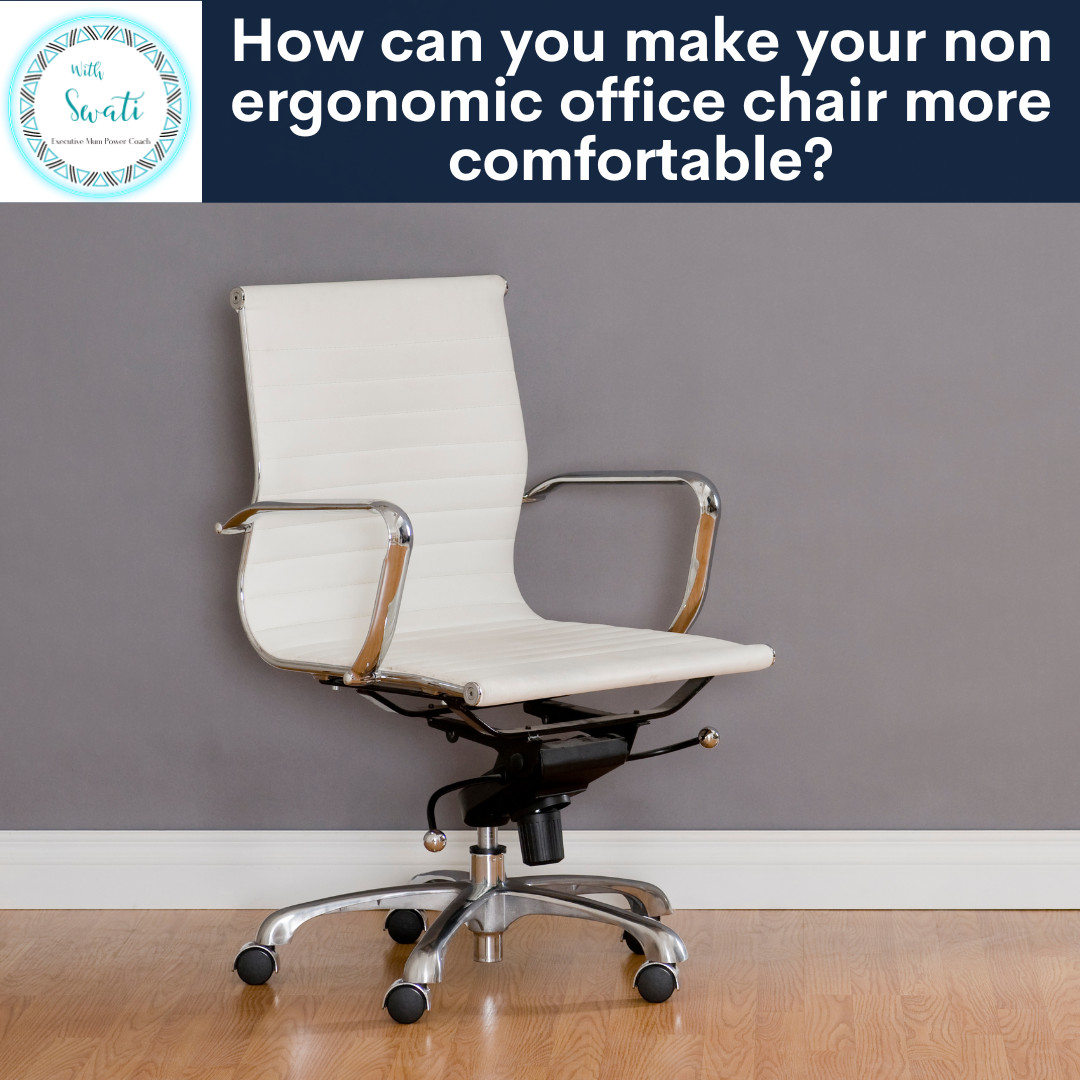
Human bodies are not made for static postures. We are meant to move every few minutes. However modern lifestyles mean sitting at the desk job for eight plus hours every single day, with little to a few breaks in between. Even when we are actively working while sitting our lower body is static. This stagnant lifestyle has led to modern diseases like the “sitting disease” that can manifest as aches and pains in the body or as serious health risks, such as obesity, diabetes and heart disease. Adjustable standing desks can help to overcome this challenge. In this blog, lets discuss ten features to keep in mind while choosing one.
Standing desks are the latest fad in office furniture nowadays. However standing all day can be just as harmful as sitting all day. Prolonged standing can again lead to swelling of the feet and ankles and compressive loads on the spine, result in blood pooling in the legs, increased pressure in the veins and increased oxidative stress, all of which can contribute to an increased risk of chronic diseases mentioned above.
The best option is to change postures intermittently, moving often from sitting to standing using an adjustable standing desk through your work hours, giving the required breaks to your joints and muscles, while being your most productive self.
Here are ten features to look out for when choosing an adjustable standing desk for your office space:
Foot rest: Pain or tiredness in the feet is a common complaint for those who stand for long hours. It is advisable to use a foot rest and ease the pressure off the feet by alternating the feet on the foot rest every 15-20 minutes. An alternative for this is to use a foot stool, so check if there is space below the desk to put one.
Height of the desk: A wide height range should be available, especially in offices where hot desking is a regular trend. The reason is that the height of the desk has to be customised according to the height of the person who uses it. An easy way to adjust the height to an optimal position is to remember that in an ideal standing position, the elbows of the person should be resting at approximately ninety degrees at the desk.
Depth of the desk: Ideally a 30″ depth is advisable but the depth depends on how much you want to spread out your work or how many gadgets you want to place on the desk, such as printer, a second screen, phone etc.
Shape of the desk: Some standing desks come with an in built elevated surface for the monitor, which makes it possible to keep the monitor at eye level while the keyboard is at a convenient angle for the forearms.
Load on the desk: If you have heavy equipment that you use at your desk, you may want to check the maximum load that your desk can handle.
Memory preset: Some desks come with a present memory so that you don’t have to adjust every single time you lower or raise your desk.
Ease of movement: Most of the standing desks can be easily adjusted by pressing a switch which is very convenient as compared to older models that may use a hand crank.
Speed: This may not seem like an important consideration but it definitely plays an important role in how many times people adjust their standing desks, which is a good idea as you don’t want to go back to staying static for a prolong time.
Power: Adjustable desks need electricity, so a practical solution will be to have a power socket nearby.
Aesthetics: You may want to consider if you can use privacy screens, overhead lighting, etc.
It is advisable to maintain a good posture even when using an adjustable standing desk. Get your free guide on "How to maintain a good posture while working" from home HERE.
If you like this blog and want to be notified about new blogs as soon as they are published, subscribe to my mailing list below.
I would love to see you around the internet! For other places you can explore more about me: https://withswati.com/page/link
















0 Comments